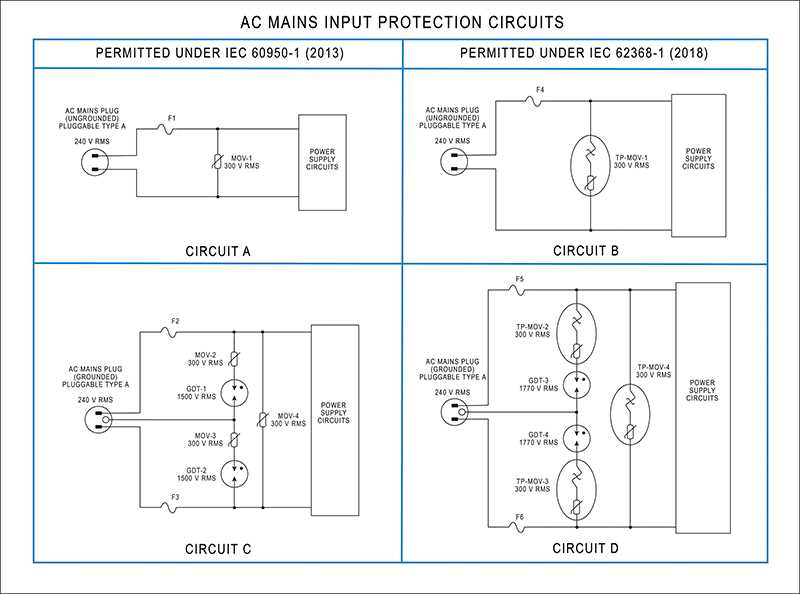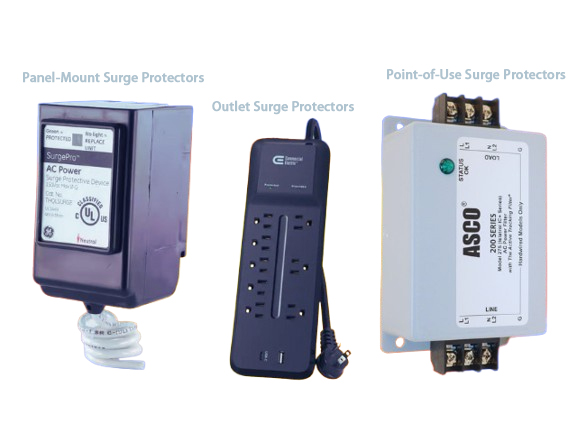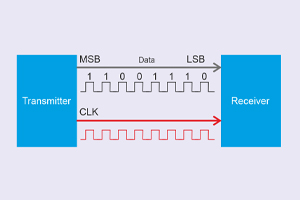Comprehensive Guide to Power Surge Protectors – Protect Devices from Costly Damage
Author:admin Date: 2025-08-15 03:39 Views:145
Introduction
Electrical safety still remains an important part of our lives. That is why you can have many types of devices in place to protect your equipment or even yourself from electrical hazards. One such device is the power surge protector.
Power surge protectors are electrical safety devices that safeguard electronic equipment from power surges that might otherwise damage it. These devices work by diverting or absorbing the excess voltage, which prevents it from reaching the sensitive components.
Why Power Surge Protectors are Important
UN power strip surge protector will do so much for your appliances and other electronic devices. Below are some of the reasons you should get the device.
1. Protects the Electronic Devices
We already know how surge protectors are important because they act as a buffer, absorbing excess voltage and preventing it from reaching sensitive electronic components.
This protection is essential for devices such as TVs, smartphones, computers, and other appliances.
The last thing anyone wants is to replace a laptop because of a power surge. Some electronic devices are not repairable, so it might mean replacing. However, with a power surge protector, the devices are well protected from voltage spikes.
2. Prevents Electrical Fires
When you get a UPS power surge protector for your devices, it can also help prevent electrical fires. This is because the power surges may cause wires to overheat, potentially leading to an electrical fire.
Surge protectors help to prevent this issue by limiting the voltage and current flow in case of a surge. So, there is less risk of overheating and sparking.
These surge protectors can also protect against arc faults. These are also known for causing electrical fires.
3. Extends the Lifespan of Appliances
Sometimes, the frequent voltage fluctuations can easily degrade the components. This means the lifespan is also affected.
Surge protectors help minimize this wear and tear, as the appliances can function without necessarily experiencing voltage fluctuations.
4. Peace of Mind
Whenever you install a surge protector, you always end up having the peace of mind and confidence that your electronics are well protected from unexpected power surges.
UN power strip with a surge protector is what you need for your business to keep the electronics safe and prevent potential cases of downtime.
How Power Surge Protectors Work
Regardless of the type, the power surge protector works by diverting the excess voltage and keeping it from reaching the devices. These surge protectors will have metal oxide varistors (MOVs) as the main component. These are voltage-dependent resistors that remain in high resistance mode under normal operating voltages.
In case of a voltage surge, the MOV’s resistance drops drastically, allowing it to conduct the excess current and divert it away from connected devices to the ground wire.
Proper grounding is necessary for the functionality of a surge protector. This ensures that the diverted current will have a safe path to follow. This prevents it from damaging the connected equipment.
The MOVs have a clamping voltage, which is the voltage level at which they start to conduct. Remember this the next time you buy a power surge protector.
Joule rating is another essential feature to consider for power surge protectors. This indicates the surge protector’s ability to absorb energy from a surge. Having a higher joule rating means the protector can handle larger surges without failure.
Some of the best power surge protectors will have diagnostic LEDs that indicate the device’s functionality. The LEDs and sounds can alert the users in case of potential electrical issues that demand further checking.

Types of Power Surge Protectors
There are several surge protectors in market. Understanding these types can help you choose the right one for your needs. Here is what to expect.

Basic Power Strip Surge Protectors
These are defintely the most common and affordable as well. They are built to resemble the standard power strips only that they have surge protection circuitry embedded in them.
These surge protectors offer basic protection against minor voltage fluctuations. They can be used to protect devices such as televisions, gaming consoles, and computers.
Expect them to have a limited joule rating, which is the amount of energy they can absorb before failing.
Wall-Mount Surge Protectors
These are power surge protectors designed to be mounted on the wall. They will have multiple outlets, USB ports, and many other features.
They offer a step up surge protection over the basic power strip surge protectors. This is because they have a higher joule rating and potentially more advanced in surge protection technology.
Since you can mount them on a wall, it is easier to connect multiple devices to them and protect them. Expect them to be good for office setups or entertainment centers.
Rack-Mount Surge Protectors
These are designed to be installed in server racks and data centers. This makes it possible to have a centralized point for protecting multiple devices.
Such power surge protectors will have a higher protection rating due to the sensitivity of the devices connected to them. Also, they may have advanced features such as remote monitoring and management.
Rack-mount surge protectors are important for protecting critical IT infrastructure from potential damage caused by power surges.
Whole-House Surge Protectors
These can be installed at the house’s main power supply electrical panel to ensure that every electronic device is protected.
These surge protectors act as the first line of defense against powerful surges such as lightning strikes.
You can come across Type 1 and Type 2 surge protection devices. The Type 1 can be installed at the service entrance and protects against severe external surges, while the Type 2 options are installed at distribution panels, which can also protect against secondary surges.
How to Choose the Best Power Surge Protectors
When looking for the best power surge protectors, you must consider several factors. Here is what to look for in the best power strip surge protector ou tout autre type.
Joule Rating
This indicates how much energy the surge protector can absorb before it fails. As expected, a higher joule rating provides more protection, especially against larger or smaller but multiple surges. Choose a surge protector with at least 1000 joules of rating for most sensitive electronics.
Clamping Voltage
This is the voltage level at which the power surge protector will divert the excess energy. Having a lower clamping voltage is recommended as it makes the protector activate sooner to prevent the surge from reaching the connected electronics.
A clamping voltage of 330V to 400V is good enough for most electronics.
Response Time
This is how fast the surge protector responds to a surge. It is supposed to be in nanoseconds. Having faster response times is key in minimizing the time devices are likely to be exposed to surges.
Number of Outlets
The number of outlets determines how many devices can be connected to it. Make sure you choose a surge protector with enough outlets to power your devices.
USB Charging Ports
Some surge protectors now have USB ports for charging devices directly. This can be quite convenient for working with many modern electronics, including smartphones.
Indicator Lights and Alarms
The indicator lights show whether the surge protection feature is active or not. It depends on the type of surge protector, as some use these indicator lights to show their current statuses. Also, some come with alarms vital for alerting you in case there is a surge or the surge protector has failed and needs further diagnosis or replacement.
Warranty
Make sure to check the warranty of the surge protector to ensure it will serve you well. Of course, you should always buy from a reputable brands that can honor the warranty. So, does the warranty cover the connected equipment? These are some of the questions to ask the surge protector manufacturer so that you get the best surge protector.
Maintenance of Power Surge Protectors
Whether you get a whole-house power surge protector or an RV power surge protector, they all need proper maintenance to function correctly. Here is what you can do.
- Regular inspections can help a lot in identifying issues before they become a big problem. Check for signs of damage such as cracks, burn marks, and melting.
- Check the indicator lights as they can help identify if there are any issues with the surge protector.
- We do not recommend overloading the surge protector. This may lead to reduced effectiveness and overheating.
- Ensure that the surge protector is kept in a dry location to prevent cases of moisture damage.
- Replace if necessary. Sometimes the surge protector might fail because the surge was too much for what it could handle. For such a case, it is best to replace it to continue experiencing the best surge protection.
Power Surge Protectors vs. Alternatives
We already know how power surge protectors work. However, how do they compare with alternatives such as UPSs, voltage regulators, and circuit breakers?
UPS (Uninterruptible Power Supply)
The work of a UPS is to provide battery backup power in case of an outage. However, it may also offer surge protection and voltage regulation.
They tend to be more expensive than surge protectors, and many need the battery replaced after some time. They are also limited in terms of capacity based on the battery size.
Voltage Regulators
They are used to maintain a stable voltage output, which protects against voltage fluctuations, both surges and sags.
It works by adjusting the voltage within a specific range to ensure that the connected devices have a consistent power supply.
It may not be the most effective method of choice against large surges. You are better off choosing a dedicated surge protector.
Circuit Breakers
Circuit breakers are built to protect against overcurrents or excessive current flow, which can lead to electrical fires or appliance overheating.
They work by breaking the circuit if the current flowing in the circuit goes beyond the safe level. This prevents damage to the wiring or appliance.
They will not protect against voltage surges effectively as power surge protectors do.
Conclusion
As you can see, a power surge protector is important for protecting your electronics. Simply make sure you are buying the top-rated options in the market to get the right performance. Also, look at the joule rating and overall capacity to ensure the surge protector can handle all your power needs while protecting the connected devices.
Video: What Is a Surge Protector and How Does It Work?
Veuillez envoyer une demande de devis, nous vous répondrons immédiatement.
Questions fréquemment posées
What is the difference between a surge protector and a power strip?
UN power strip simply extends the number of available outlets. However, a surge protector does more, including protecting the devices connected to it against power surges and voltage spikes that might happen from time to time.
Do power strips have surge protectors?
No. Not all power strips have surge protection. To get the right protection, you have to be specific about whether you want a surge protector or a power strip with surge protection.
Can you plug a power strip into a surge protector?
As much as it is possible, it is not recommended. We do not advocate for daisy-chaining the surge protector, as it can quickly lead to overloaded circuits and overheating sometimes.


